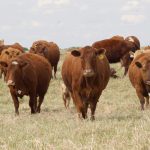The federal government is providing more than $12 million to the Canadian Cattle Association as part of more than $21.7 million for research to promote environmental and economic sustainability and resilience in the beef industry. It will fund 23 projects under the new federal Beef and Forage AgriScience Cluster, which will be administered by the […] Read more
Stories by Doug Ferguson
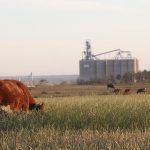
Alta. takes steps to activate AgriRecovery
The province, which contains about 70 percent of Canada's national cattle herd, is now heading into what are typically summer months with little precipitation. Although the dry conditions are also affecting crop production, an ongoing lack of feed coupled with damage to forage crops is causing increasing concern among Alberta's beef producers.
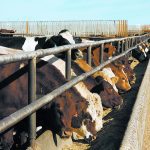
Alta. increases feeder loan guarantee
"We want to ensure cattle feeders are able to get the financing they need in time for the fall run," said provincial agriculture and irrigation minister R. J. Sigurdson.

Broadband funding in Alta. makes new allocation
"High-speed internet is no longer a luxury anymore, it is a necessity," Nate Glubish, Alberta's minister of technology and innovation, said at a news conference July 11 in Vulcan, Alta.
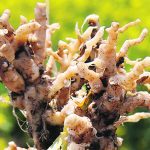
Adding silicon to soil can help control clubroot
Scientists have found that adding silicon to soil can boost resistance to clubroot in canola by up to 46 percent, adding to known benefits for plants such as improving resilience to extreme heat and drought. “There are significant canola crop losses in the Prairies due to clubroot,” said Nataraj Kav, associate dean of the Faculty […] Read more

Cellular agriculture takes next step in Alberta
U of A looks for professor to work in institute to develop the use of cell cultures to grow food on an industrial scale
Cell cultures are used to grow cells taken from plants or animals, which traditionally has been conducted at a small scale in petri dishes in laboratories. Cellular agriculture aims to expand this process to create a wide range of food products on an industrial scale, including meat.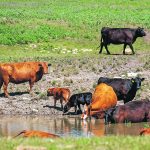
Cattle struggles deepen in Alberta
A second rural municipality in Alberta has declared an agricultural disaster because of drought this spring as beef producers head into summer, a period typically of less rain. “We haven’t seen the total effects of the drought,” said Stan Schulmeister, reeve of the County of Paintearth east of Red Deer. “But the agricultural producer that’s […] Read more
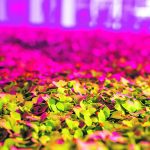
New association wants to take farming inside
Olds College to train students for jobs in controlled environment agriculture as industry prepares for future growth
Companies using high-tech methods to raise everything from vegetables and fruit to insects and fish within indoor facilities will be joining forces to accelerate the sector’s growth in Alberta. The Controlled Environment Agriculture Association of Alberta is expected to become operational in Calgary by September, said Richard Gibson, co-founder of Planetary Harvest Vertical Farms Inc. […] Read more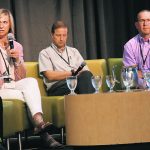
On-farm research called agriculture’s best bet
Speakers at a recent conference say better communication needed so research gets into the hands of producers
There needs to be better communication between all segments of the agriculture industry so that agricultural research gets into the hands of producers, said Mark Redmond, chief executive officer of RDAR.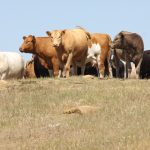
Dryness gets serious in cattle country
CCA president Nathan Phinney said most cattle in Canada are in Alberta and Saskatchewan “where it’s the driest and we’re used to dealing with some of these conditions, but it’s been back to back to back… so we’ve had to do a slight reduction in cow numbers, and feed inventories have dwindled down over the last couple of years of dryness, so it’s having a major effect with the surplus of feed available.”


